
To create and end a feature film is an ambition in itself. Crafting a fictional reality involves a constant struggle against reality, which constantly imposes into the will of the film crew. With this in mind, there are certain films that are though separately from the other because of the size of their ambition.
These films not only try to achieve great thing in terms of formal techniques but also involve complex productions that make the filmmakers struggle with even bigger and harder problems. Here is a list of 10 of the most ambitious films in film history, both thematically and technically.
10. The Birth of a Nation
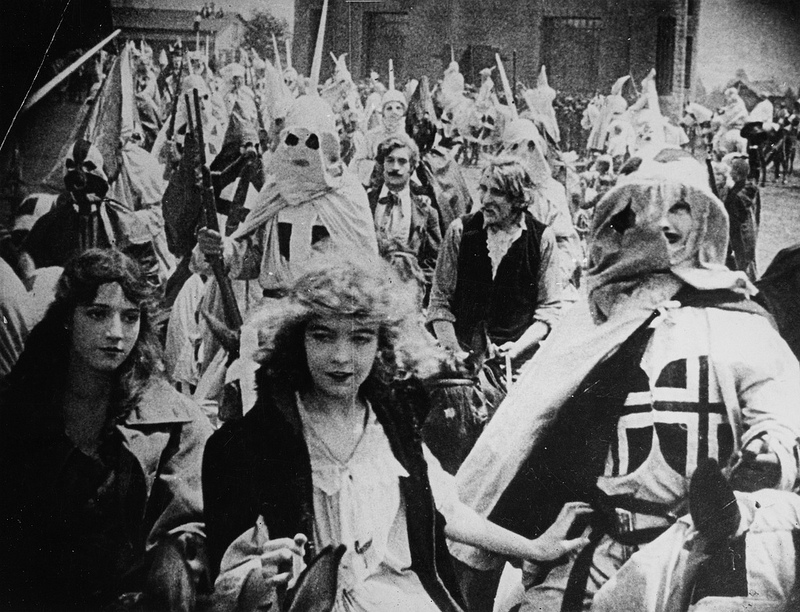
One of the first landmarks of film history is David W. Griffith’s “The Birth of a Nation.” The film became a commercial success and subject of controversy for its thematic treatments. What makes the film so ambitious is the formality of its language. Some describe this film as the first to portray a coherent cinematic grammar, and thus becoming a film that changed the history of cinema completely.
It is not precise to say that “The Birth of a Nation” was the first film to put in practice certain techniques or that Griffith himself invented them, since many filmmakers such as Edwin S. Port had previously made successful experiments.
What is true is that the film was made with a concise intention of language, and it was the first to achieve a consistency through the almost three hours that it lasts. The film settled a paragon on how films could be made and established the beginning of a new cinema.
9. Cabiria
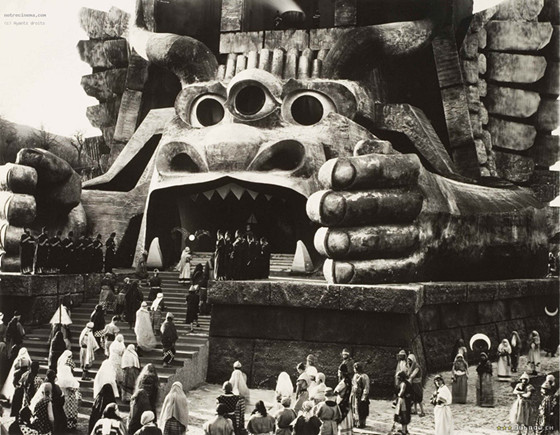
Released in 1914, “Cabiria” is the paradigmatic example of the colossal Italian productions that dominated the film market during that period. “Cabiria” was sold as the biggest production until that date. No expenses were made, the greatest writer of Italy was hired, there were scenes on location and in studio where thousands of extras were involved. All of the resources of the Italian film industry were put into the making of this legendary film.
The story that it portrayed is as big as its production – it is based on Gustave Flaubert’s “Salammbo.” The film displays the great and last Punic War where Rome finally beat Cartage. The great confrontation between the powerful nations was the perfect subject matter for one of the greatest and most expensive projects in the history of cinema, and it represents the highest of an industry and an era of cinema.
8. Boyhood
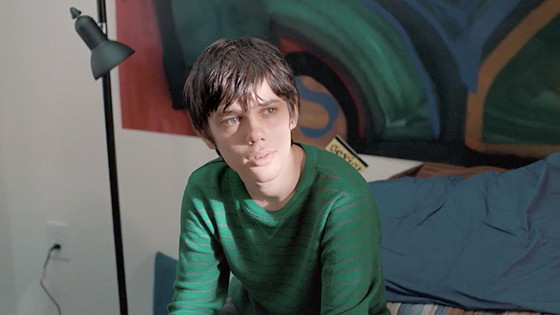
Most of Richard Linklater’s projects involve a special treatment of time. As he rejects Classic Narrative Mode, there are no cause-effect chains that tie together his films; instead, he uses thematic connections to bind together his films.
In “Boyhood,” the connection that ties together the 12 years of life that we see is growing up. The key to understanding the artistic ambition of the film is very clear in its title: to create a portrait of growing up from being a kid to a young adult.
There are many films that deal in different ways with this phenomena, but the particular production of “Boyhood” is what makes it so special. The filming was done through 12 years with the same actors growing up at the same time that the characters did. This involves a careful pre-production of the film as a long term project that would be shot through more than a decade. Its achievement is to display character development that had never been seen in cinema before.
7. Andrei Rublev
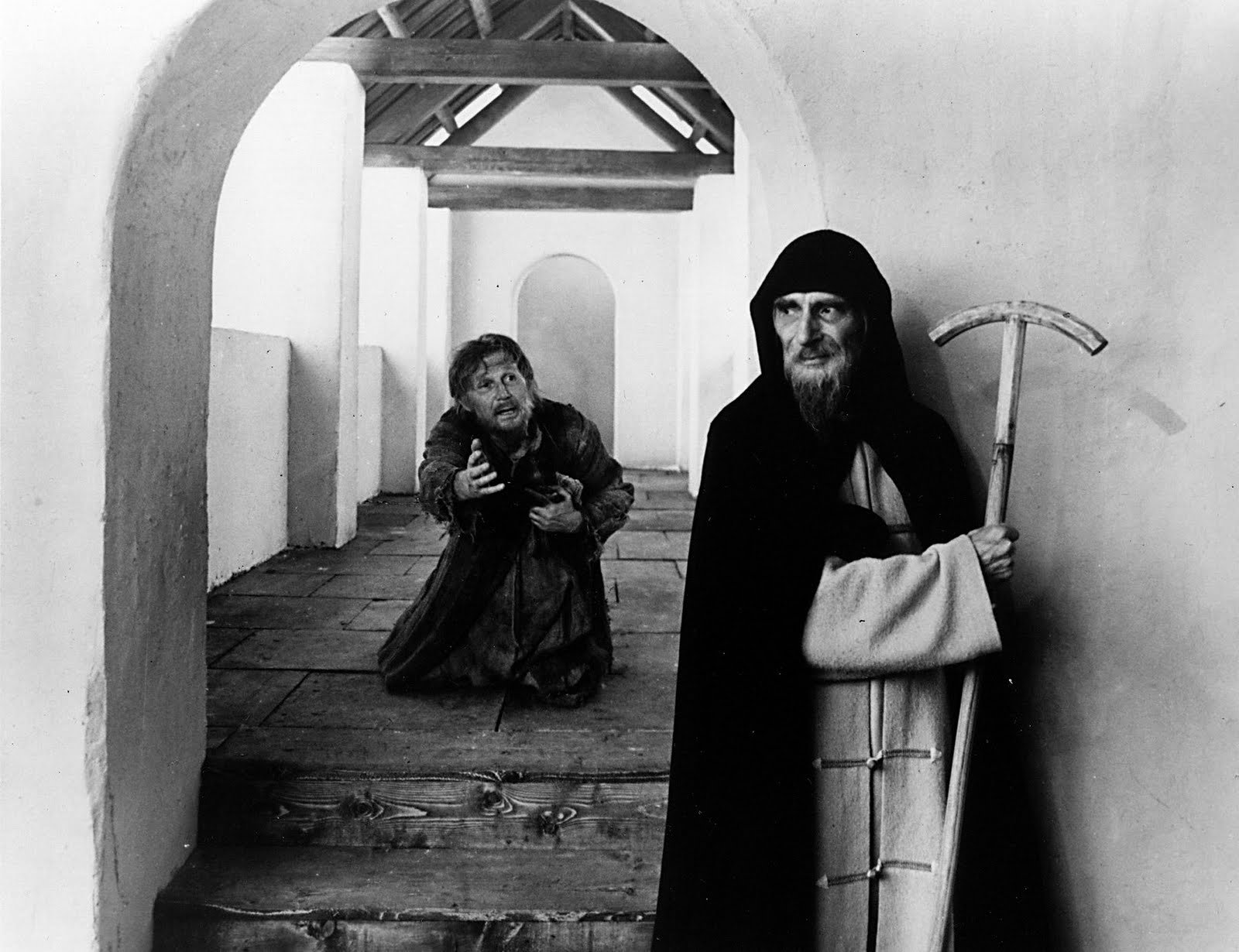
The portrait of the 15th century Russia made by Andrei Tarkovsky is formed by several episodes that work as short films themselves and involved (sometimes as a main character and sometimes as a mere witness) the iconic painter Andrei Rublev.
As with all of the films in this list, the ambition of the film is both the production and in the thematic and expressive intention. In this films Tarkovsky wanted to make a portrait on the roles and relationships between society, art, artists, faith and religion, and to do this he created some of the most carefully crafted films in history.
Tarkovsky did not want to recreate Medieval Russia; instead, he wanted to make a world that the viewer perceives with actuality, and he carefully described this intention in his book “Sculpting Time.” For many of the scenes in the film, large crowds of extras had to be choreographed in vast spaces.
This was one of the hardest films to make for Tarkovsky and is acknowledged as one of the best. It was censored by the Russian government, but a censorship-free cut was released some years later.
6. The Turin Horse
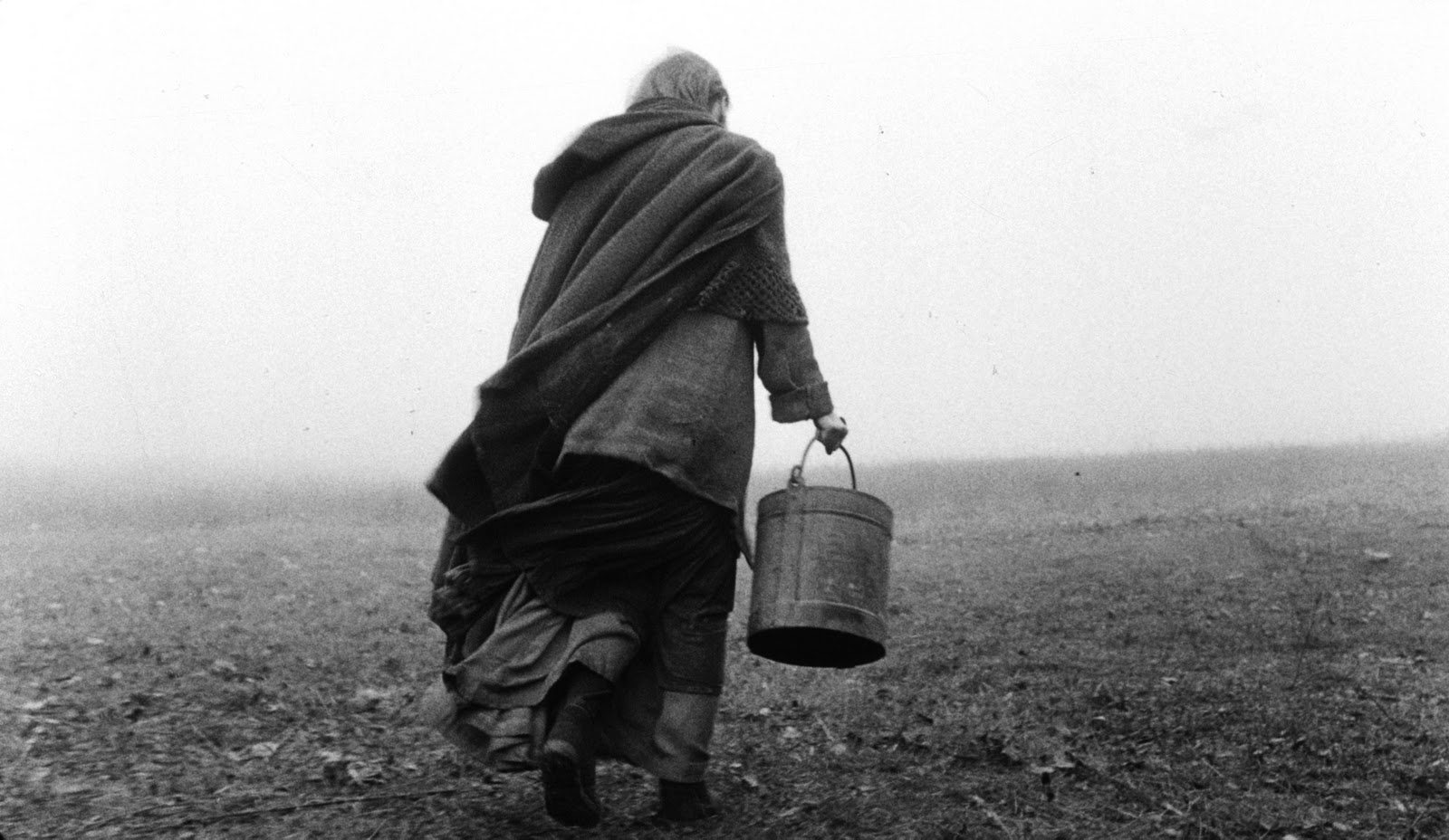
The filming techniques that Béla Tarr uses to film are in themselves ambitious. He films only with celluloid and without any script. His perspective of cinema involves a special treatment for each film and leaves great room for improvisation.
He also uses a film language distanced from the Classic Narrative Mode, thus each film is an attempt to create an emotional grammar of his own. What makes “The Turin Horse” the most ambitious film of Tarr, even after his longest film “Satantango,” is the thematic ambition he had for making it.
He wanted to make a film about death and endings; this implied the culmination of the language he had been developing through his career. “The Turin Horse” needed to be the definitive film for his style. This can be seen in the elements that he used in this films: two characters in a single location repeating the same day over and over and receiving visits from strangers.
Apart from the obvious difficulties like the wind that harasses the characters and the long takes, the great ambition of Tarr was to achieve a films that feels as definitive as Death, the film that also gives end to his career as a director.